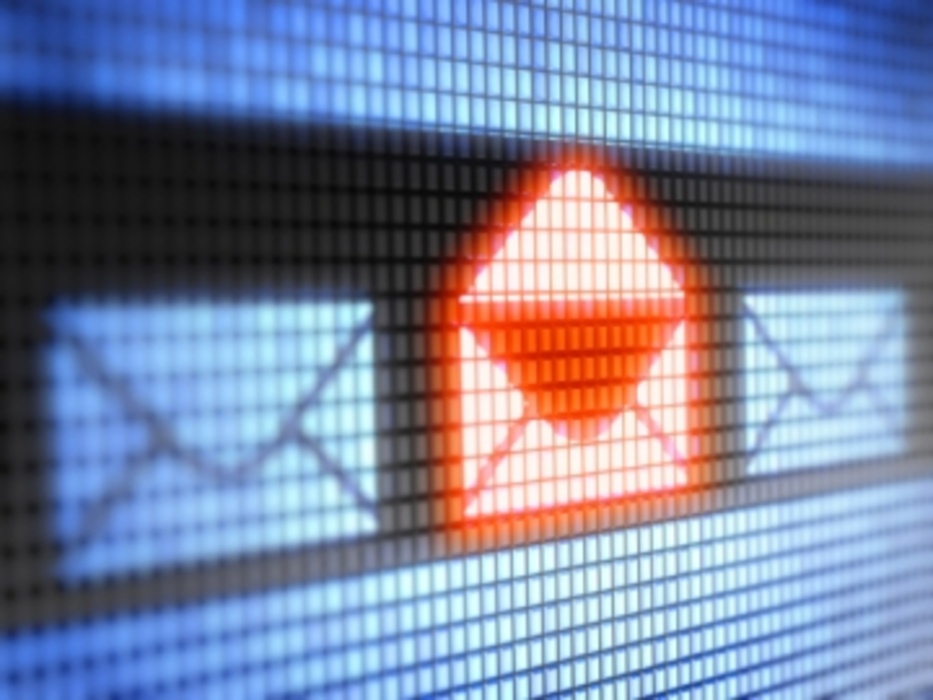Email marketing is king of the B2B jungle. Ninety-one percent of B2B organizations use email marketing today, according to Demand Metric’s August 2013 benchmarking study, “B2B Email Marketing Effectiveness: Navigating the Minefield to Inbox Placement.” Jerry Rackley, chief analyst for the marketing advisory firm, partially attributes this high email usage to the notion that B2Bs actually focus on forming client relationships, while B2Cs just focus on customer demographics.
However, Rackley says a lack of process discipline—otherwise known as laziness—can cause an organization’s email power to be short-lived. Email is a vehicle of communication, and like any vehicle, it can break down without proper maintenance, he says. According to the study, 19% of B2B companies say their email marketing or lead generation effectiveness is decreasing slightly, 22% say they’re improving slightly, and 47% say they’re steady. But if marketers want their email marketing to improve, rather than stand still, they need to pay attention to their sender scores, maintain their databases, and implement validation technology.
According to the report, 62% of marketers don’t know what their digital reputation is as an email sender. Sender scores quantify the trustworthiness of an email source and range from one to 100. “The closer to 100, the better off you are as an email marketer,” Rackley explains. Marketers who score a 90 or higher are “golden” and experience high inbox placement rates, those who score between 50 and 80 have problems that bring placement rates down if unaddressed, and those who score less than 50 are considered spammers, he notes. To improve their scores, marketers need to honor opt-outs, remove bounced email addresses, and identify catch-all, high-risk, and invalid email addresses, Rackley advises, all of which contribute to lower inbox placement rates.
“Those things are hurting email inbox placement rates because people just don’t know about them,” he says.
According to study sponsor Social123, 35% of all mail servers are a set up with a catch-all—a mailbox that accepts all emails addressed to its domain. Hence, if a marketer sends an email to an invalid address—perhaps due to a typo—that marketer won’t know that the intended recipient never received the message.
“When you send an email to an invalid email address, you’re not always going to get an invalid message,” Rackley says.
Unfortunately for marketers, invalid addresses are not that uncommon. Twenty-five percent of email addresses become invalid over the course of the year due to factors such as people retiring or quitting their jobs, Rackley notes. But marketers aren’t taking notice. According to the study, 17% of respondents don’t know the percentage of invalid email addresses in their databases.
But Rackley says high-risk email addresses are the most “dangerous” of these three traps. High-risk email addresses belong to subscribers who have either opted out of an email campaign or have flagged the email as spam. Rackley says marketers are better off not sending to these addresses at all because the individuals behind these email addresses are often “on a crusade” to report senders. But if B2B marketers want to put an end to high-risk addresses, they have to first know they exist—and not many do. In fact, 44% of respondents don’t know the percentage of high-risk email addresses in their databases, according to the study.
So, what’s the best way to rid databases of these three “hazards”? Rackley recommends using validation technology to ensure that there’s a real individual behind the address. Yet, only 26% of B2B respondents use validation technology or software, according to the study. However, those who do use the service see measurable benefits. For example, 51% of respondents who use validation technology experienced a click-through rate of more than 5% compared to 43% who didn’t use the technology, cites the study.
And while traditional metrics like open and click-through rates provide powerful insight, Rackley encourages marketers to take their metrics one step further and measure how consumers interact with emailed content once they’ve click through. For example, if a company includes a video in its email marketing, marketers can measure how long consumers watched that video.
Rackley also discourages marketers from underestimating the quality of their content.
“You can follow all the rules of how to do email marketing correctly and still have terrible content. You can have a horrible subject line that doesn’t beckon people to open email,” he says. “You can be technically correct but stylistically be a failure.”








